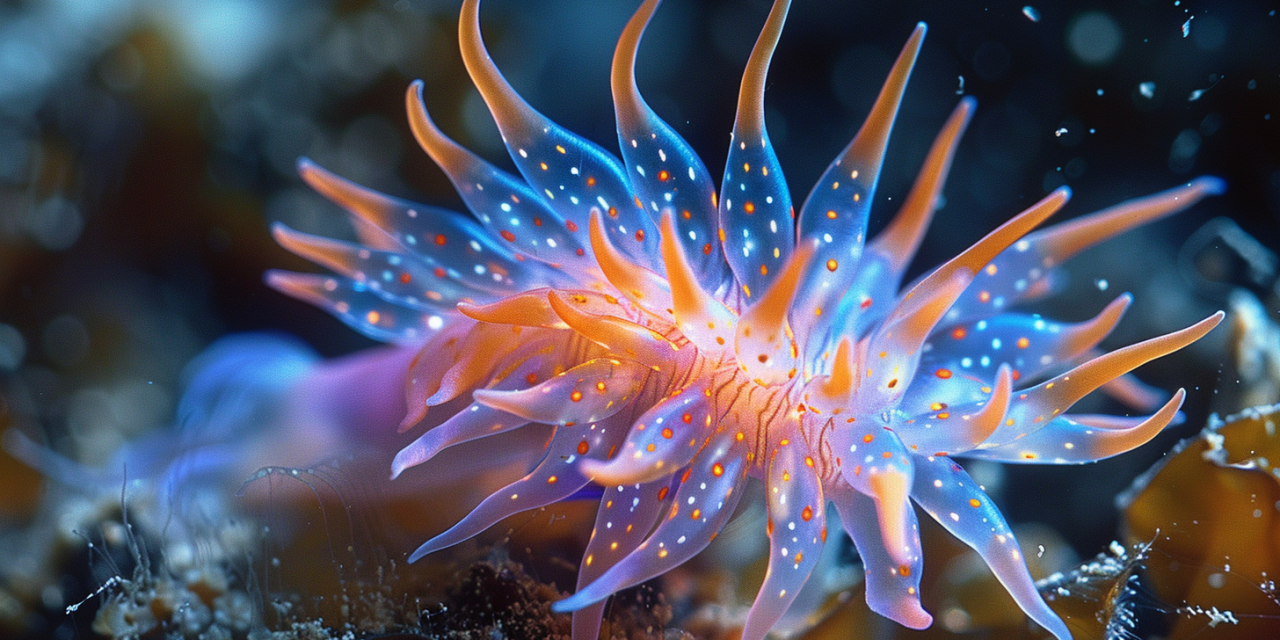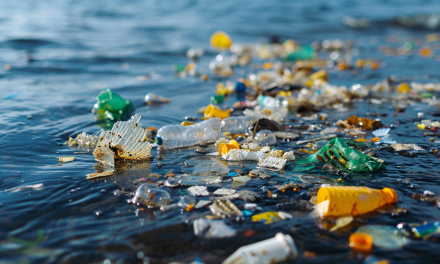At first glance, nudibranchs are some of the most delicate, harmless-looking creatures in the ocean. These vibrantly-colored sea slugs, close relatives of snails and other gastropods, drift gracefully through coral reefs and kelp forests without so much as a shell for protection. But don’t let their exposed, iridescent beauty fool you – these tiny marine organisms have one of the most shocking, hardcore defensive strategies in the entire animal kingdom.
Nudibranchs are the Masters of Stealing Nuclear Weapons
You see, nudibranchs can’t actually manufacture biological weapons themselves. So instead, they stole some of the most destructive nuclear weapons around from their prey – sponges, hydroids, bryozoans, and other stationary invertebrates. Nudibranchs carefully strip the protective venoms, potent toxins, and chemical deterrents from these sedentary creatures through a combination of brute force and evolutionary cunning.
It’s like the nudibranch breaks into the sponge’s secret lair, steals all its nuclear missiles and biochemical superweapons, and then strolls away scot-free. Except of course it’s the nudibranch eating parts of the sponge. But you get the idea – these sea slugs are miniature thieves making off with a terrifying arsenal.
The Stolen Arsenal of Mass (Mollusk) Destruction
And we’re not talking about mild irritants here. The toxins, venoms, and spiked biochemical compounds nudibranchs pilfer from their prey represent some of the most violently destructive natural compounds in the oceans. We’re talking about tetrodotoxin, powerful enough to put an adult human into paralysis in tiny doses. Souped-up breakdown products from common seaweed that can cause dizziness, vomiting, and intestinal damage. Sulfuric acid and potent household bleach-like compounds perfectly designed to destroy tissues and predator guts.
All of these are now at the nudibranch’s disposal, concentrated in their soft, unprotected bodies in quantities designed to obliterate threats many times their size. Just one tiny nudibranch can pack a biochemical punch capable of killing a fish, or worse. There’s even evidence some Antarctic nudibranchs pack a version of powerful human drugs like Darvon and Valium to use as weapons!
Why All This Overkill?
Honestly, it’s a little unclear why nudibranchs go quite so hard on the biochemical warfare stance. Their sluggish movement and lack of physical defenses obviously necessitates some major deterrents. But you’d think just a couple of mild toxins would be enough to convince predators they’re not worth the effort of eating.
The current theory among biologists is that nudibranchs have to be constantly one-upping their chemical arms race with the sponges, anemones, and other creatures they pilfer from. Those prey organisms are constantly evolving new toxins to avoid being eaten themselves, so nudibranchs may maintain their full nuclear stockpile as a sort of mutually assured destruction policy. If a bacterial outbreak or evolving predator can overcome one set of toxins, there are plenty of others ready to go.
Or maybe nudibranchs are just relentless little braggarts who want every ocean organism to fear their colorful, murderous might. Whatever the reason, the next time you see a nudibranch drifting serenely by, remember – that beautiful little creature is basically swimming Chernobyl ready to release its biochemical payload on any ill-advised harasser. The nudibranchs will have their venomous vengeance!





